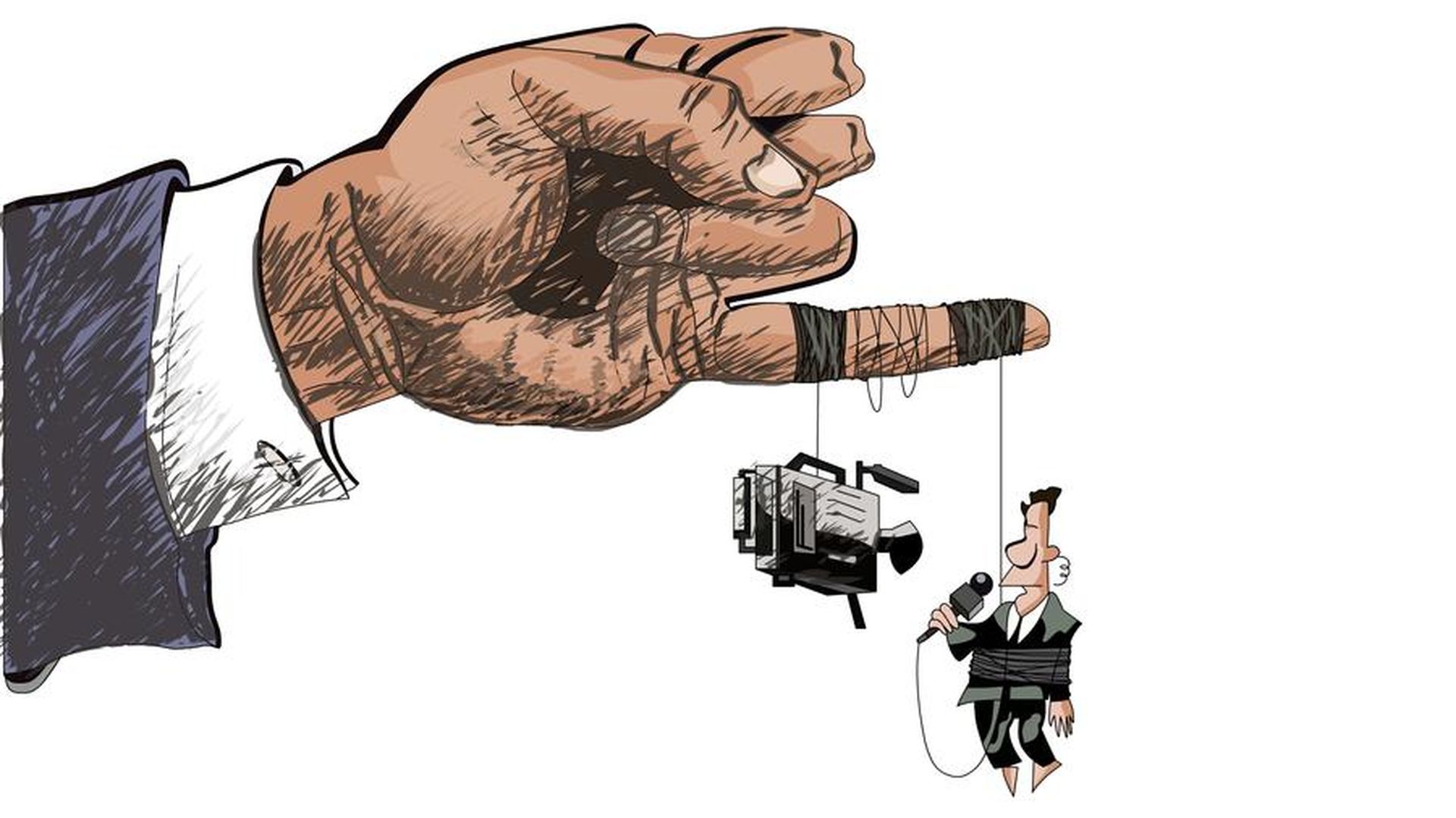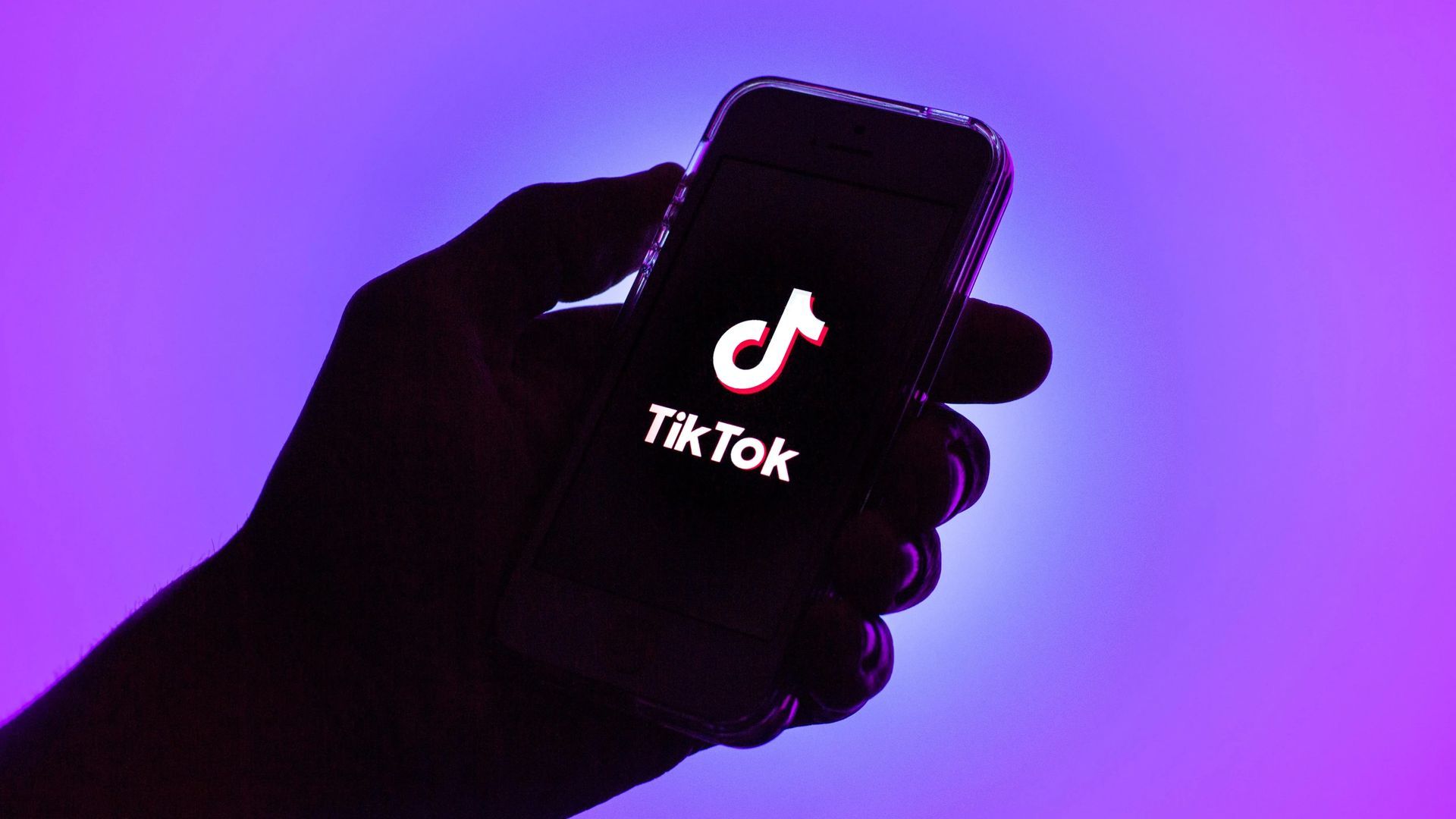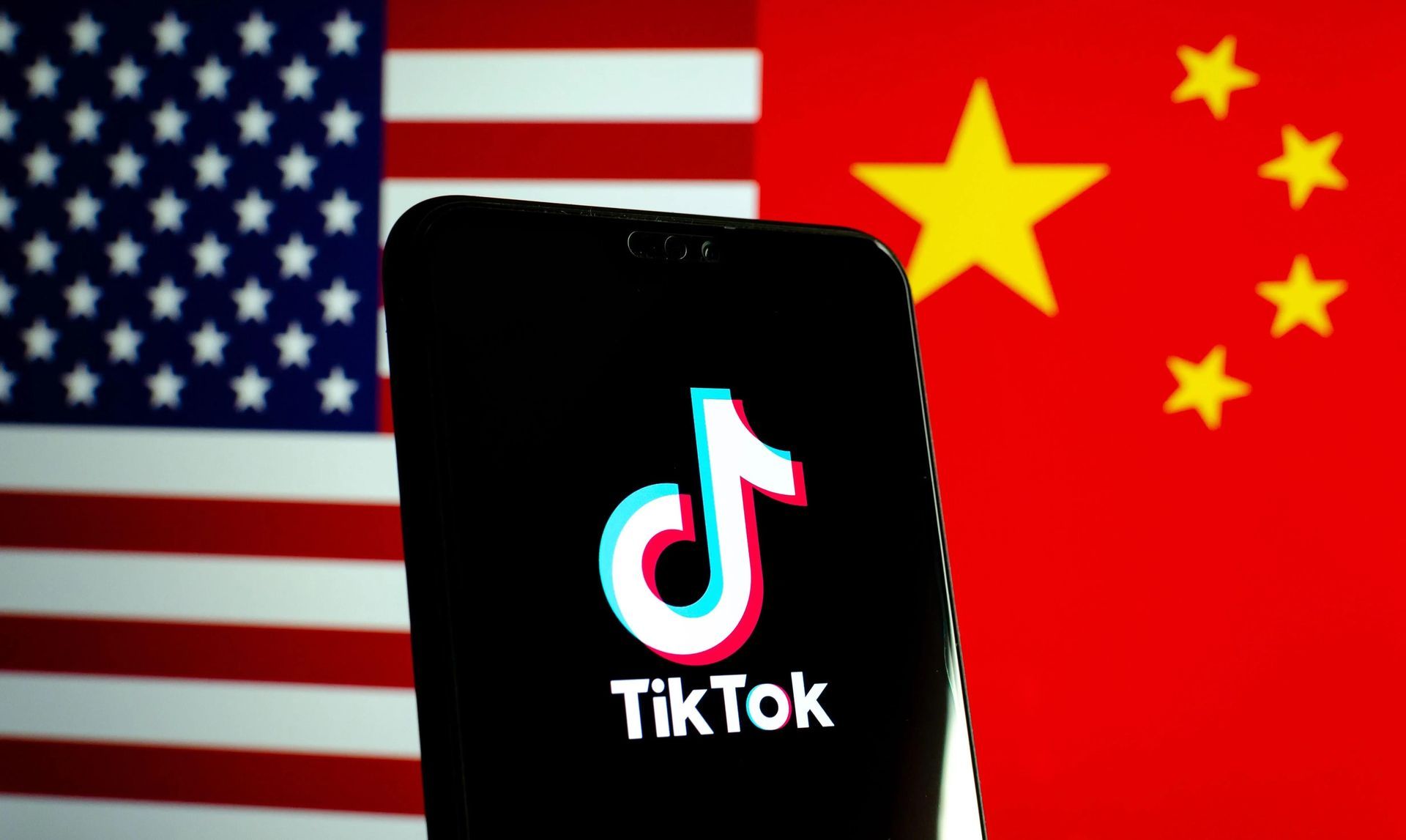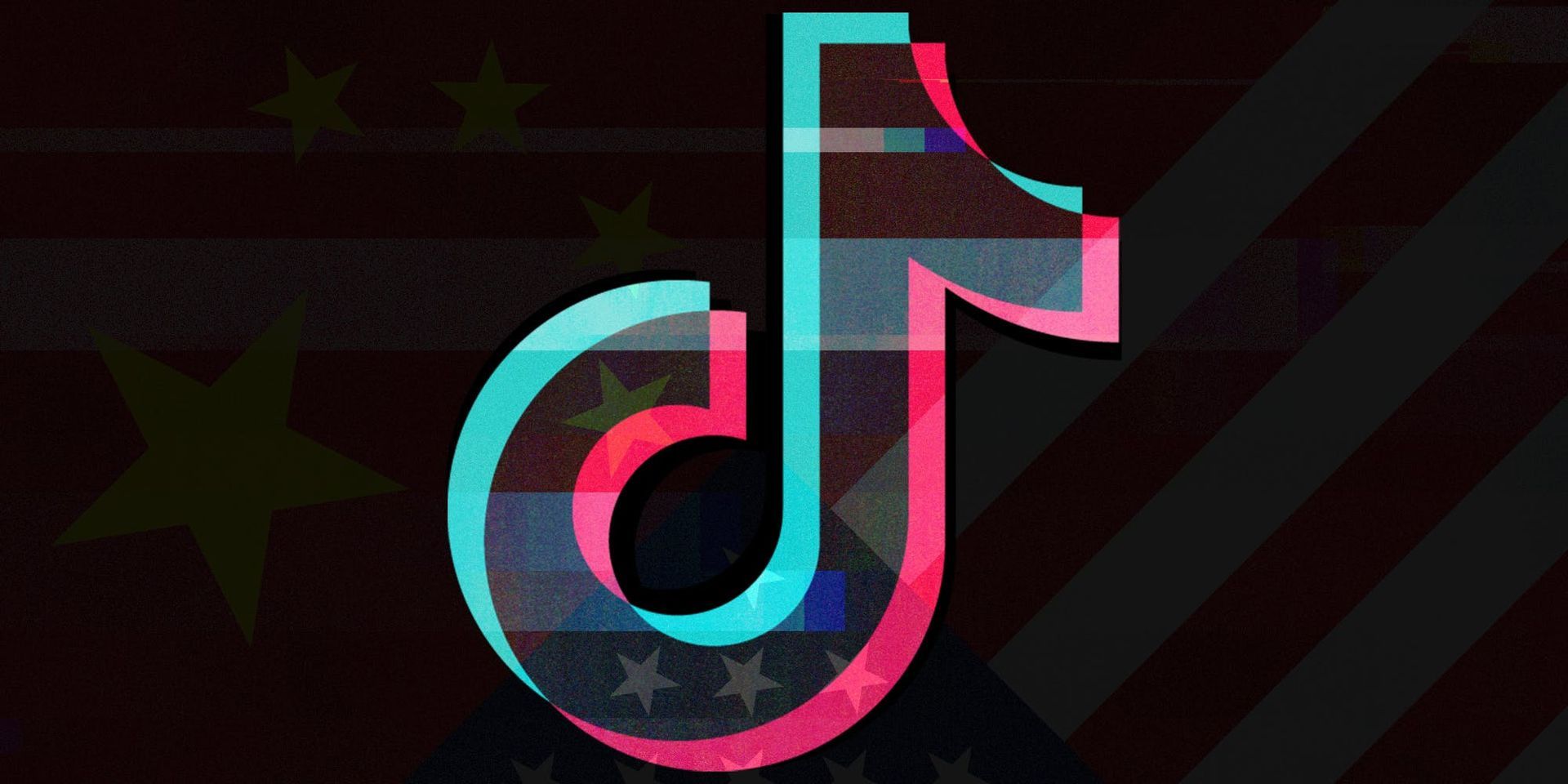According to a Jan. 18 announcement from the platform, TikTok will increase the labels it uses for state-controlled media control.
Accounts “whose editorial output or decision-making process is subject to control or influence by a government” will henceforth be labeled as “state-controlled media” on TikTok. The initiative, which initially focused on content in Russia, Ukraine, and Belarus, will soon cover a huge number of other nations.
When users interact with information from media accounts that might offer the views of a government, TikTok wants to make sure they receive accurate, transparent, and actionable context, according to a statement they released.

TikTok plans to control the governmental influence on the platform with the state-controlled media tag
According to the social media startup on Wednesday, TikTok is now marking state-affiliated media in more than 40 new areas, including the US, Canada, and much of Europe. It’s an expansion of a trial program that was carried out in 2022 in Belarus, Russia, and Ukraine.
The labeling of accounts “whose editorial output or decision-making process is subject to control or influence by a government” is TikTok’s policy, the company stated. The corporation announced that the policy will be extended even further in the future. Accounts that have been classified as “state-controlled” will have the chance to appeal.
A pop-up caution will appear when users scroll to a video from an account marked as state-controlled on TikTok, urging people to pause and ponder whether the content is promoting a government’s objective.
Almost every country around the globe is on the list of state-controlled media tag
When deciding whether to notify users about an account’s content, TikTok claims it collaborates with independent experts to identify which accounts should be classified as being controlled by governments. It also takes into account the publication’s mission, funding, staff, and leadership, as well as its editorial guidelines. Government support is not a guarantee that an account will receive the label; it depends on editorial safeguards.

The decision was made as TikTok is coming under increasing scrutiny in the US, where some universities, states, and the federal government are debating or have already enacted bans on the app on certain devices. Here is the table of countries that will be affected by state-controlled media tag decision of TikTok:
| Afghanistan, | Armenia, |
| Austria, | Azerbaijan, |
| Belgium, | Bulgaria, |
| Canada, | China, |
| Croatia, | the Czech Republic, |
| Denmark, | Estonia, |
| Finland, | France, |
| Georgia, | Germany, |
| Greece, | Hungary, |
| Ireland, | Italy, |
| Japan, | Kazakhstan, |
| Kyrgyzstan, | Latvia, |
| Lithuania, | Luxembourg, |
| Malta, | Mongolia, |
| the Netherlands, | Poland, |
| Portugal, | the Republic of Cyprus, |
| the Republic of Moldova, | Romania, |
| Slovakia, | Slovenia, |
| Spain, | Sweden, |
| Tajikistan, | Turkmenistan, |
| the United Kingdom, | the United States |
| Uzbekistan. |
TikTok isn’t the first platform that got the state-controlled media tag
With its deployment of the state-controlled media label, the Beijing-based video entertainment app is not progressive. It’s actually been postponed. Similar systems for classifying state-run media have long been provided by TikTok’s competitors. For instance, YouTube announced in 2018 that it would start labeling broadcasters that get government funding, and it prohibited Russian state-run networks from using Facebook ads to monetize their channels in 2017. Since 2020, Meta has categorized state-controlled media across its network. Additionally, Twitter’s policy had been to identify state-owned media since 2020 before Elon Musk took control of the company.

In the case of TikTok, the firm claims that it assesses an operation’s editorial independence by taking into account its goal statement, editorial protections, leadership and editorial governance, and real editorial judgments. If an organization believes its trust and safety team has unfairly categorized them, it also provides the option of an appeal.
Prior to its pilot program, the corporation claimed to have consulted with a wide range of specialists, including more than 60 media professionals, political scientists, professors, and representatives from numerous international organizations and civil society groups worldwide.





